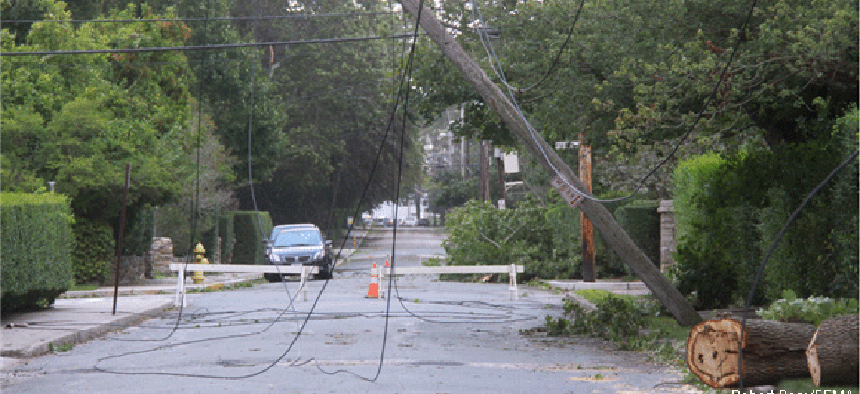7 elements of a self healing power grid


Connecting state and local government leaders
The ability to automatically anticipate, respond to and isolate damage to the Smart Grid could mitigate the impact of power outages.
Some damage to physical infrastructure is inevitable during severe weather and other disasters, but a smart grid with the ability to anticipate, respond to and isolate damage could mitigate the impact and speed recovery, said Massoud Amin, professor of electrical and computer engineering at the University of Minnesota.
Amin, a senior member of the Institute of Electrical and Electronics Engineers who has been working on the idea of a self-healing grid since 1998, describes it as “a system that uses information, sensing, control and communication technologies to allow it to deal with unforeseen events and minimize their adverse impact.”
The current power grid faces serious challenges. The increase in power demand is outstripping capacity, and the deregulation and the fragmentation of the industry means no single company is in charge of the infrastructure within a region, so there is less incentive for investment in upgrades to improve reliability.
A fragmented regulatory environment also complicates things, with federal oversight of bulk distribution and state oversight of regional transmission and local delivery.
But a 21st century Smart Grid could help enable the self-healing system envisioned by Amin. Here’s how it could work:
1. A computer monitoring conditions at a control center can simulate various system-wide corrective actions in less than half a second and send instructions to control computers throughout the system. When a failure in one place is detected, circuit breakers are triggered to isolate the problem and prevent other lines from being damaged.
2. Opening circuit breakers protects substations from damage from power surges, but some areas are cut off from power. Generation is automatically increased at a second location to supply the increased demand in affected areas.
3. This increased load to the second generator could cause damage, so within a half-second of the initial problem, the second generator can be shut down to prevent excessive acceleration.
4. To compensate for loss of this generator, large non-vital customers can be taken offline to lower demand, preserving power for critical functions such as streetlights and hospitals.
5. Even with compensation, voltage could become unstable in parts of the system because of increased demand, threatening to damage equipment. Within seconds of the initial problem, instructions can be given to the remaining online generators to increase power and reduce demand in users rather than shutting down transmission lines.
6. Within a minute, additional power is being brought in from an adjacent area to make up for the off-line generator and protect remaining infrastructure. The adjacent area automatically compensates for the exported power, and the undamaged portions of the system are stabilized.
7. When the original damage is repaired, the offline generator and the lines taken out of service by circuit breakers are brought back online.
Damage and outages are not completely eliminated, but they are controlled so that physical damage does not spread and disruptions are minimized.
The idea of systems and networks capable of defending and/or healing themselves is beginning to take hold. The Homeland Security Department and the National Institute of Standards and Technology are exploring the possibility of using a concept called Automated Collective Action to create an Internet-wide cyber ecosystem that could, among other things, automatically defense against attacks and repair damage.
On the product level, research partly funded by the Defense Department is developing a plastic that “bleeds” when damaged and then repairs itself when exposed to light. The plastic, currently is the proof-of-concept phase, could be used for smart-phone and computer screens and casings, as well as for pressure-sensitive devices.
NEXT STORY: Security gets short shrift in mobile apps




